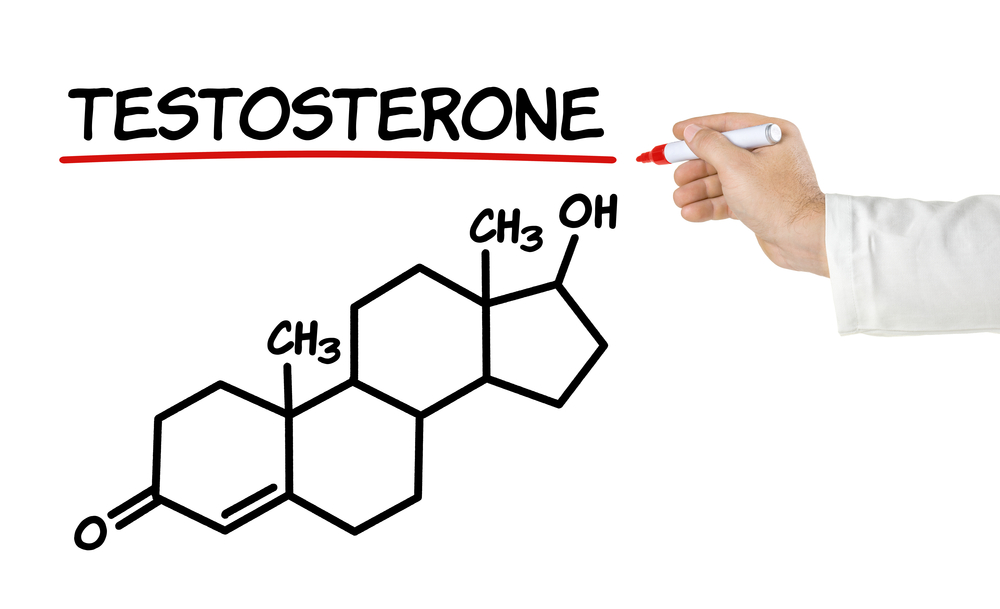In a recent paper published in the Journals of Gerontology entitled “Challenging the Inevitability of Prostate Enlargement: Low Levels of Benign Prostatic Hyperplasia Among Tsimane Forager-Horticulturalists”, researchers from the University of California Santa Barbara found that testosterone and other sex hormones play key roles in the development of benign prostatic hyperplasia (BPH).
Benign prostatic hyperplasia, also known as benign enlargement of the prostate, is a disease in which prostate size increases as men age. It is thought that BPH onset only occurs after the age of 30, with about 50% and 75% of men demonstrating some evidence of BPH by the age of 50 and 80, respectively.
BPH can be treated with medication, alternative medicines and surgery upon medical treatment failure. One of the primary symptoms in BPH patients is difficulty to urinate, which as the prostate increases its volume, may induce inflammation due to urinary retention and infections, eventually leading to renal failure. However, studies have demonstrated that BPH does not lead to or increase the risk of developing prostate cancer.
Risk factors like testosterone and related hormones could boost the development of BPH. In this study researchers examined the changes that occur in prostate size, analysing serum biomarkers related to age in Tsimane men, a group of indigenous people from the Bolivian Amazon. This subgroup was selected as a critical case study due to their traditional life style: they live on hunting and small-scale horticulture. Furthermore, the subsistence lifestyle lived by the Tsimane tribe promotes low levels of obesity/metabolic syndrome and reduced levels of testosterone when compared to age matched U.S. males.
In this study, a total of 348 men aged 28-89 years (median age 56 years) were scanned by ultrasound to follow changes in prostate volumes. Also, levels of testosterone and other sex hormones related to prostate size variation and BPH were examined. “Abdominal ultrasounds show they have significantly smaller prostates — an age-adjusted 62 percent smaller prostate size — as compared to men in the U.S.,” said Trumble, a postdoctoral scholar at UCSB and the paper’s lead author. “BPH is not inevitable for Tsimane men.”
“We also know testosterone and androgens are involved because of studies showing that eunuchs and people who don’t have testes have very low rates of BPH,” Trumble added. “Some of the best pharmacological BPH and prostate cancer treatments involve reducing androgen levels. We also know from our own previous research that Tsimane have relatively low levels of testosterone — about 30 percent lower than age-matched U.S. males — and they have very low rates of obesity and hypertension and heart disease and all the other diseases of acculturation, including metabolic disease.”
The results reveal that testosterone levels play key roles in the development of BPH. Since an increasing number of men worldwide are taking testosterone supplementation, this could place them at risk for BPH. The current data also suggest that BPH is not necessarily related to male ageing, but could be avoided or decelerated if a proper lifestyle is chosen. However, additional long-term studies of testosterone replacement therapy in men are necessary to ensure its safety and efficacy. “Something else we found is that even the men who did have anatomical BPH beyond a certain cutoff, the size that would require treatment in the U.S., those were exceedingly rare,” said Trumble. “About 50 percent of men in their 70s in the U.S. have prostates larger than 40 cubic centimeters, which is the level where they start looking at major medical interventions. For the Tsimane, less than 1 percent of all men in the study had prostates larger than 40 cubic centimeters. Not only were they smaller, but those that were relatively larger were still much smaller than what you’d see in the U.S.,” Trumble added, “and smaller than what would require treatment.”

